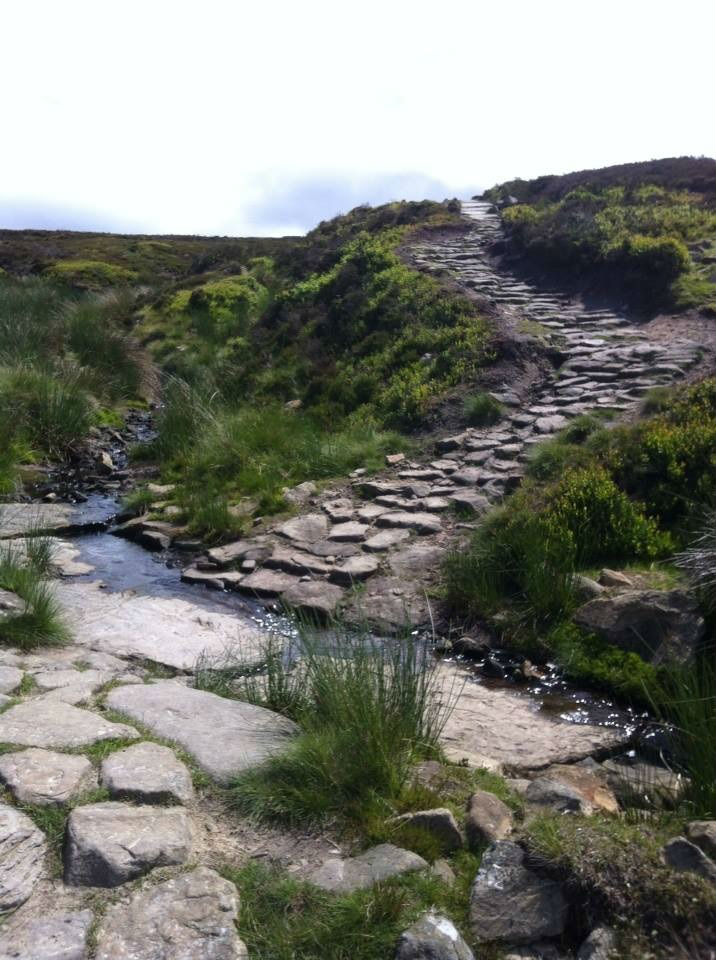Clough woodlands are found in ravines on the edge of open moorland
They provide habitat for many animals and plants and help to reduce the risk of flooding downstream
Moors for the Future Partnership helps landowners to create clough woodland
Supporting landowners to provide public benefits through broadleaf tree planting in upland cloughs
Project start date: October 2012
Project end date: Ongoing
We support landowners and land managers to create clough woodlands by helping them obtain funding from the Forestry Commission and Natural England. Clough woodlands can reduce flood risk, improve water quality and increase biodiversity, including declining species of birds.
Clough woodlands are areas of steep-sided woodland on the edge of open moorland. The trees stabilise the slopes and provide a valuable home for wildlife.
Our clough woodland work contributes towards achieving the Peak District National Park’s Biodiversity Action Plan objectives of increasing semi-natural woodland, and enhancing and restoring moorland fringe habitats. Clough woodland provides habitat for declining woodland birds including tree pipits, redstarts and pied flycatchers.
Important upland habitat in their own right, when they fringe blanket bogs clough woodlands work in unison with the bogs to provide many benefits for people and the environment.
Case study: Modelling work on the lower Derwent Valley showed how planting woodland could help reduce flooding. Results showed that 60% tree coverage in the river’s catchment, could significantly lower downstream water levels after high rainfall events, potentially reducing the risk of flooding in the city of Derby (Environment Agency, 2011).
Partners
- The Environment Agency
- Forestry Commission
- National Trust
- Woodland Trust
- RSPB
- Peak District National Park Authority
- Natural England
Funders
- The Environment Agency
- Forestry Commission
- National Trust
- RSPB
- Peak District National Park Authority
- The Woodland Trust
